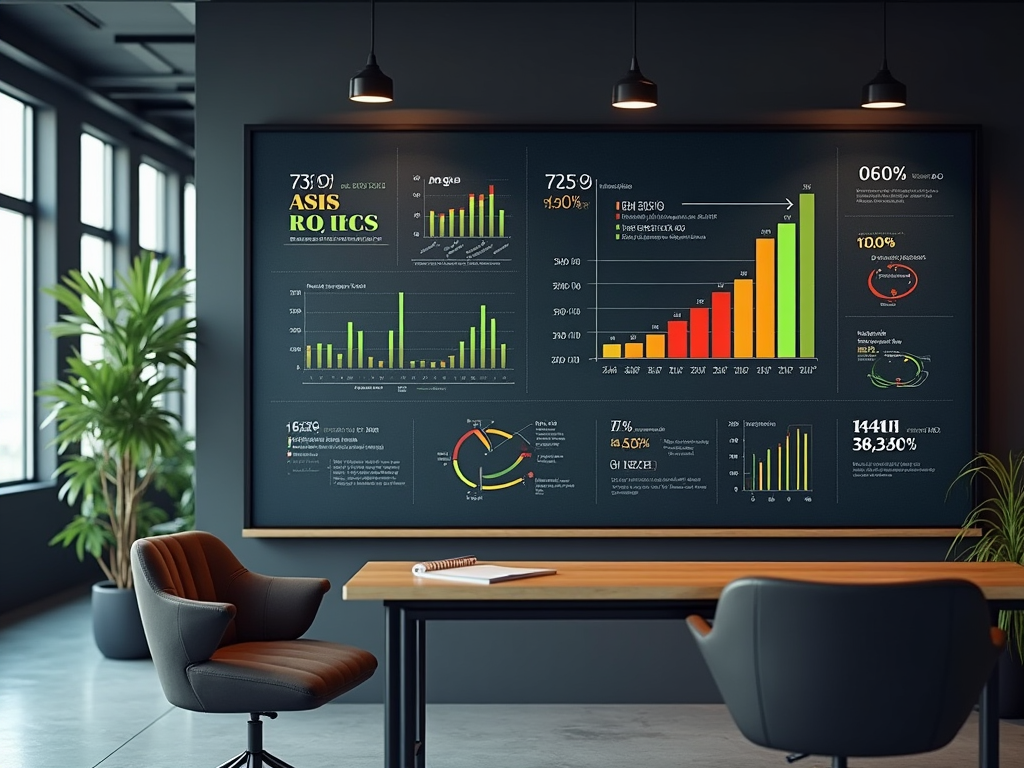The Google Penguin update, first introduced in 2012, targets websites that engage in manipulative link-building practices to artificially boost their rankings. To avoid link penalties from this algorithm, it’s crucial to adhere to ethical SEO principles and maintain a natural link profile. This article will explore the techniques to evade penalties associated with the Google Penguin update, helping you ensure compliance with Google’s stringent search quality guidelines.
Understanding the Google Penguin Update

The Google Penguin update was designed to diminish the search engine rankings of sites that violate Google’s Webmaster Guidelines. The focus of Penguin is on backlink profiles, particularly those acquired through manipulative means like link schemes and paid links. Websites with poor-quality or seemingly spammy backlinks can suffer significant ranking penalties. To put it simply, Penguin’s goal is to reward high-quality, authoritative sites while demoting those that attempt to cheat the system.
Given the continuous evolution of the algorithm, understanding its nuances is vital. The update has undergone several iterations, the most significant being its integration into Google’s core algorithm in September 2016. This update now operates in real-time, meaning rankings are adjusted much faster following improvements or downgrades in a website’s link profile.
Maintaining a Natural Link Profile

One of the key strategies to avoid Penguin penalties is to maintain a natural link profile. This involves a balanced mixture of backlinks from diverse sources, such as blogs, authoritative news sites, and industry-specific resources. Ensuring a diverse range of links can act as a signal to Google that the backlinks pointing to your site are earned organically and not generated through link-building schemes.
Be wary of link exchanges or trading schemes, as these can come off as manipulative in the eyes of Google’s algorithm. Instead, focus on:
- Creating high-quality, original content that other sites naturally want to link to.
- Building relationships with other webmasters in your niche to earn backlinks authentically.
- Optimizing local SEO strategies to gain more locally-focused backlinks.
By emphasizing quality over quantity, you’ll establish a link profile that appears legitimate and beneficial, rather than promotional.
Cleaning Up Bad Backlinks
If your site has suffered a Penguin penalty, conducting a thorough cleanup of toxic backlinks is imperative. This process involves identifying links from low-quality or suspicious sites and either disavowing them or requesting their removal. Utilize tools like Google’s Disavow Tool to devalue low-quality links that could be harming your site’s reputation.
Here is a step-by-step process:
- Audit your backlinks using tools such as Google Search Console or third-party analytics platforms.
- Identify any links from spammy or irrelevant sources.
- Contact the webmaster of those sites to request link removal, where feasible.
- Compile a disavow file listing the links you couldn’t remove.
- Submit the disavow file through Google’s Disavow Tool.
Regularly monitoring your backlink profile will help ensure that you stay ahead of any new malicious links that may appear over time.
Creating High-Quality Content
Creating high-quality, relevant content is fundamental to attracting legitimate backlinks. Content that is informative, engaging, and offers value to readers is more likely to be shared and referenced by other websites. This results in a natural influx of backlinks from respected sites, mitigating the risk of Penguin penalties.
Your content strategy should focus on:
- Catering to the interests and needs of your target audience.
- Utilizing a diverse mix of content types, such as articles, videos, infographics, and podcasts.
- Regularly updating your content to ensure it remains current and valuable.
By concentrating on delivering value through your content, you’ll foster an organic link-building process that aligns with Google’s expectations.
To ensure continued compliance with the Penguin update, it’s essential to monitor and adjust your SEO strategies regularly. The digital landscape is ever-changing, and staying informed about algorithm updates and industry trends is crucial. Make it a habit to review your backlink profile, content performance, and SEO strategies periodically.
Key activities you should routinely engage in include:
- Analyzing competitor backlink profiles for insights into ethical linking strategies.
- Using analytics data to identify which content pieces attract the most valuable links.
- Updating your knowledge on Google’s changes to SEO guidelines and algorithms.
By adapting your strategies to accommodate these changes, you effectively safeguard your site against future penalties and maintain your search engine visibility.
Итог
Avoiding link penalties related to the Google Penguin update requires a clear focus on maintaining a natural and high-quality link profile, cleaning up harmful backlinks, producing valuable content, and continuously monitoring your SEO strategies. By adhering to these guidelines, your website will remain in good standing with Google’s algorithm updates, positively impacting your search engine rankings and overall online presence.
Часто задаваемые вопросы
- What is the Google Penguin update? The Google Penguin update is an algorithm designed to penalize websites with manipulative or spammy backlink profiles that violate Google’s Webmaster Guidelines.
- How can I identify bad backlinks? Bad backlinks are often from low-quality or irrelevant sites. Use tools like Google Search Console to audit your backlink profile and identify potentially harmful links.
- What is a disavow file? A disavow file is a document submitted to Google containing a list of URLs you want to disassociate from your site because they are harmful or toxic.
- Why is high-quality content important for backlinks? High-quality content naturally attracts legitimate backlinks because authoritative sites are more likely to reference and link to valuable and informative resources.
- How often should I monitor my backlink profile? It’s advisable to routinely monitor your backlink profile, at least quarterly, to identify new harmful links and ensure your link profile remains natural.
